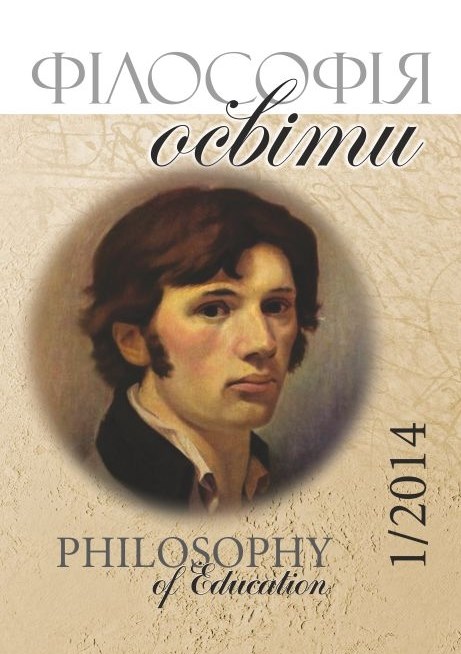About a universal dialogue (Tenth World Congress ISUD The Human Being: its Nature and Functions, 4th — 9th July 2014, Craiova, Romania)
Keywords:
Anthropocene, complexity of reality, cosmodernity, interdisciplinarity, ISUD, human nature, levels of reality, reality, Tenth World Congress ISUD, transdisciplinary methodology of dialogue, universality, universal dialogueAbstract
The Tenth World Congress is a valuable experience not only in deepening a philosophical knowledge of the human nature, but the acquisition of certain organizational and institutional skills. The success of the Congress has been determined by the effective activities of the International Society for Universal Dialogue, the main purpose of which consist in researching and articulating the basic principles of universality. Orientation of the contemporary philosophical research on situational context, empirical and analytical criteria, pluralization of values and radicalization of post-metaphysical thinking in its inclination to pragmatization of a philosophical knowledge actualizes the search for new strategies of normative justification of knowledge as a certain type of universality. Despite all the efforts of the contemporary philosophy to overcome anthropocentrism in thinking, anthropomorphism is still persisting. From modernity to cosmodernity through post-modernity is the trajectory to the unity of the human knowledge in a transdisciplinary dialogue with a human perspective. Transdisciplinary methodology universal dialogue is to recognize the complexity of reality and overcoming reductionism of its levels.
Downloads
-
PDF (Українська)
Downloads: 234
Published
How to Cite
Issue
Section
License
- Authors who publish with this journal agree to the following terms:
- Authors retain copyright and grant the journal right of first publication;
- Authors are able to enter into separate, additional contractual arrangements for the non-exclusive distribution of the journal's published version of the work (e.g., post it to an institutional repository or publish it in a book), with an acknowledgement of its initial publication in this journal.





